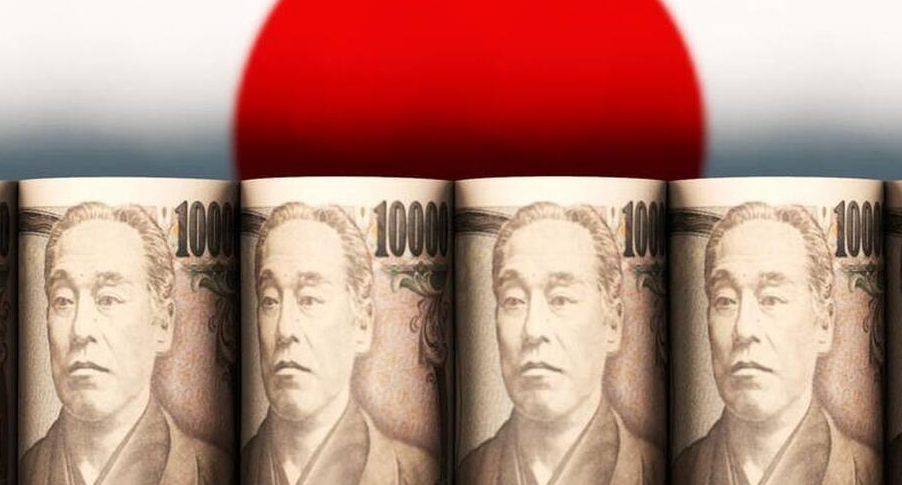As the world continues to grapple with economic uncertainties, the Bank of Japan (BOJ) is taking steps that signal a potential shift in monetary policy. Recent statements from top officials, particularly from Deputy Governor Noriyuki Nimiya, suggest that a change may be on the horizon, driving up expectations for interest rate increases in Japan, with the yield on 40-year government bonds hitting record highs.
During a speech in Yokohama on January 14, Nimiya voiced concerns regarding the timing of interest rate adjustments, stating, “Determining the correct timing for implementing monetary policy is crucial yet challenging. The BOJ board will deliberate on the possibility of raising policy rates based on compiled information prior to the meeting.” This statement, echoing sentiments shared by Governor Kazuo Ueda, hints at a notable turn in the Bank's approach, which has been characterized by ultra-low interest rates aimed at stimulating the economy.
As financial markets reacted sharply to Nimiya’s comments, the Japanese yen suffered a brief 0.3% decline against the US dollar, retracing to approximately 157.50 after initial volatility. In conjunction with the drop in the yen, futures for Japanese government bonds also slumped, reflecting the broader market's apprehension surrounding potential policy changes. Current observational data indicates a 60% probability that the BOJ will announce interest rates increases during its next policy meeting on January 23-24, and that probability swells to a staggering 83% for potential adjustments by March.
Moreover, in the backdrop of these developments, Ueda has likewise suggested an inclination towards increasing the benchmark interest rate if the economy maintains its upward trajectory through the year. With signs of sustained recovery and inflationary pressures looming, the context for these discussions becomes ever more critical.
The ongoing release of signals indicating a tightening monetary policy has correlated with inflation fears amplifying globally, culminating in what many are calling a bond sell-off. This trend has directly influenced the yield on Japan’s 40-year government bonds, which surged by three basis points to 2.755%, marking the highest level since their issuance in 2007. Presently, it hovers around 2.652%, with other maturities such as the 20-year bonds also achieving significant peaks not seen since May 2011.
In the United States, the robust non-farm payroll figures reported last week ignited a reevaluation among traders regarding the Federal Reserve's stance on interest rates, leading to soaring yields on long-term US government bonds. As noted by Shoki Omori, Chief Japan Strategist at Mizuho Securities, this trend in the US bond market presents further upward pressure on Japanese bond yields. “Given the increase in long-term US bond yields, there is still room for Japanese bond yields to rise,” he cautioned.

Furthermore, the global economic landscape posed by various risks cannot be overlooked. Nimiya's speech addressed domestic and international challenges and highlighted the importance of monitoring wage growth this year. He remarked, “Wage increases are anticipated to remain robust. Recent surveys indicate that wage growth has met or surpassed levels from a year prior, coinciding with the largest wage hikes negotiated between labor unions and companies in the last 30 years.”
Amidst the shifting economic dynamics, uncertainties surrounding the new US government's fiscal policies remain a focal point. While the outlook may become clearer following the inauguration, persistent vigilance is essential, Nimiya noted. He underscored expert opinions suggesting that the US economy is projected to experience sustained performance, contrasting sharply with the economic downturn risks that plagued discussions last August. With the US being the world’s largest economy, any shifts in its economic policies inevitably reverberate throughout the global markets, with Japan—a highly export-reliant economy—feeling the effects acutely.
The BOJ has consistently signaled that should economic developments proceed as anticipated, rate hikes are foreseeable. Nimiya reinforced this notion, emphasizing a balanced approach that aims to avoid unscheduled disruptions in non-crisis environments. However, he acknowledged that definitive strategies will emerge from the discussions held during policy meetings, implying that the central bank must navigate a delicate path—ensuring stability while allowing adaptability to economic flux.
Adding another layer to this evolving narrative, insiders have suggested that BOJ officials might discuss adjusting inflation expectations during the forthcoming meeting. The rationale behind this consideration stems from recent spikes in commodity prices, particularly rice, combined with the yen's depreciation since the last outlook report in October. Nimiya concluded with observations on the current trends in pricing and inflation, maintaining that if projections remain on track, the BOJ will respond appropriately—raising policy rates and recalibrating its stance on quantitative easing.
As Japan stands at a potential crossroads regarding its monetary policy, the implications are significant not only for national but also for global economic dynamics. Adjustments made in Tokyo will certainly be watched closely by investors and policymakers worldwide, as the intertwining fates of economies necessitate careful navigation through changing times.
 December 7, 2024
December 7, 2024